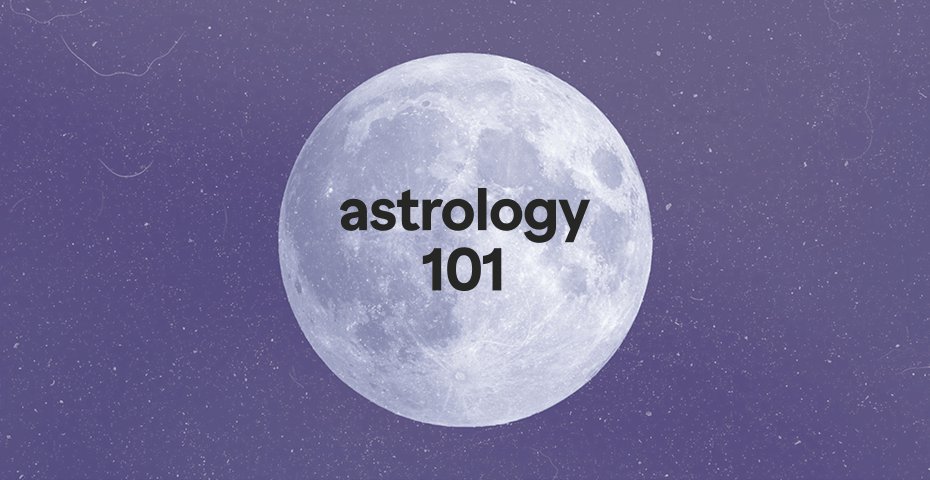Humans have gazed upon the skies looking for answers to life’s biggest questions since the dawn of time. Although astrology is one of the world’s oldest methods of guidance, its popularity has skyrocketed over recent years thanks to TikTok and Twitter. You’ve probably seen terms like ‘Mercury retrograde’ and ‘rising sign’ being thrown around across the internet and your friends have started requesting for your birth chart to evaluate your astrological personality. But if you’ve been out of the loop, these terms might seem like made-up words to you. Fret not, you’ve come to the right place!
Here, we break down the basics of astrology to kickstart your journey of understanding the language of the sky so you can get in on the conversation the next time your friend asks you about your birth chart.
What is astrology?
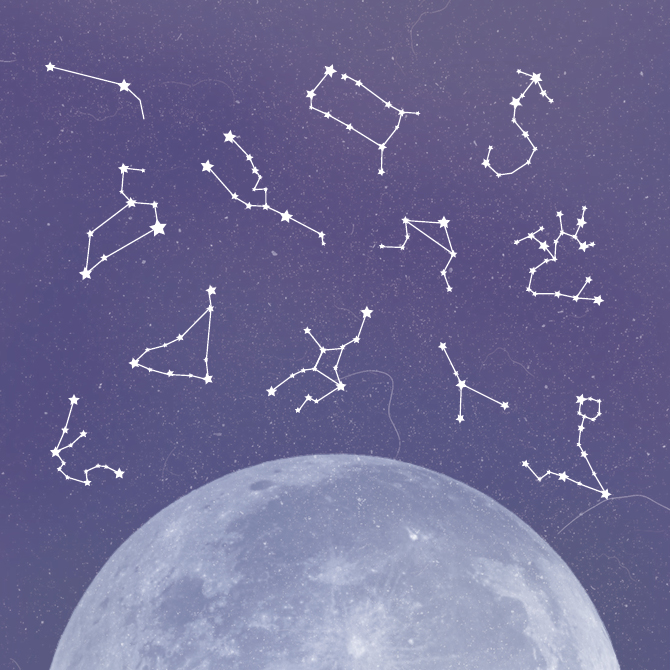
According to The Essential Guide to Practical Astrology: Everything from zodiac signs to prediction, made easy and entertaining by April Elliott Kent, she defines astrology as “an ancient tool for understanding ourselves, our relationships, and our life’s path. It begins with the belief that everything in the cosmos is connected. Then it traces the connection between us and the planets at the moment of our birth.”
To put it simply, astrology is used as a tool to seek meaning and understanding of human behaviour through the influence of planets and stars. On the other hand, astrology was also used to make developments in medicine, geometry, mathematics, and philosophy in early civilisation. The practice dates back to between 30,000 to 10,000 B.C., when maps of the stars were used for navigation long before maps of the earth—basically the first ever GPS.
However, as we began to make technological advances, astrology became a mere curiosity and a form of divination. Yet, it remains an intrinsic tradition in many cultures across the globe to help ease the uncertainty of our purpose, the universe, and the changes brought on by nature by studying the stars and tracking their movements. Just by taking an in-depth look at your birth chart, astrology offers insight into different pieces of your identity and life.
What is a birth chart?
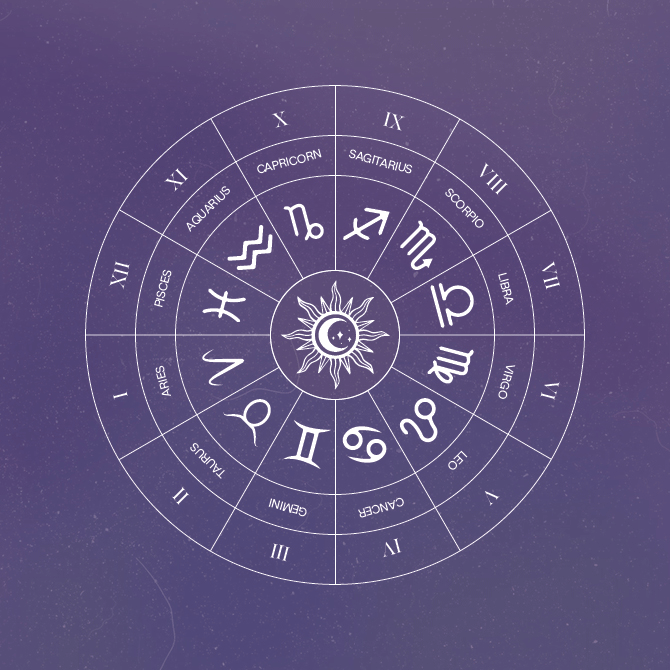
A birth chart is a map of the planets’ placements in the exact moment of your birth, illustrating an astrological story that is unique to each individual based on the time, day, month, year, and the location of their inception. Think of it this way—it is a snapshot of the sky at the very second you came to be. Just like a world map, a birth chart provides precise directions about where to go, how to get there, and what to do along your journey.
View this post on Instagram
At first glance, the chart may seem daunting with many symbols scattered across a pie with 12 sections. As a tool that has been used for centuries, no doubt, it’s complex and it takes patience to learn. Let me break down the gist for you:
To begin, you’ll want to discover your sun sign, moon sign, and rising (or ascendant) sign. These are the core aspects of your identity and how you navigate through life on a daily basis. Imagine yourself as a Russian doll, there are layers to who you are as a person and these three signs are the base of your identity.
View this post on Instagram
Starting with the sun sign, it represents our fundamental essence—your sense of self, your basic personality, and general preferences. The moon sign connects to our emotional inner self, representing everything beneath the surface. And the rising sign speaks to the image you project out into the world, often referred to as the “mask you wear in public.”
In the chart, you’ll notice that a variety of horoscopes are aligned with their respective planets. Think about the planets as personalities and the zodiac sign as how you will wear that personality. To give an example, let’s say your Venus (planet of affection) is in Cancer, and your Mercury (planet of communication) is in Scorpio. This means that you will crave intimacy in the ways of a Cancer, but approach it in the ways of a Scorpio.
Related: Which toxic beauty habit are you based on your star sign?
What do the planets mean?
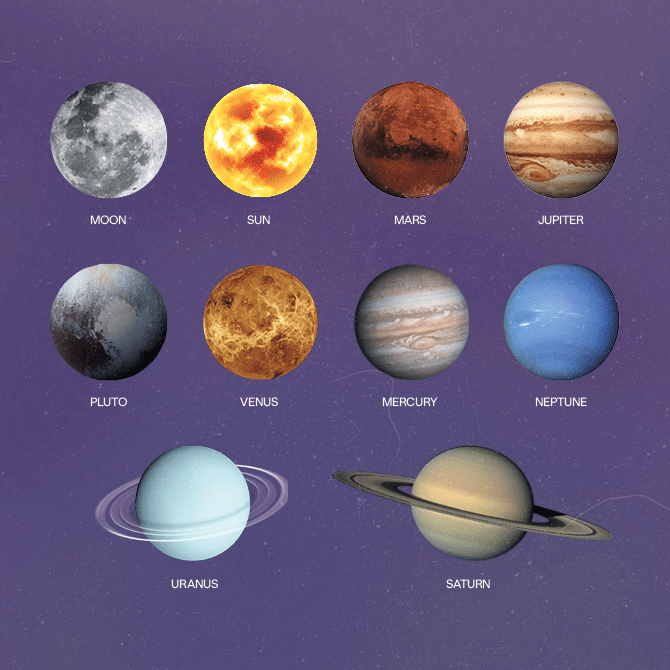
In astrology, each celestial body in our solar system serves a purpose—representing the central drives in a chart. Some planets hold a deeper impact than others depending on the particular month. For example, when the sun is in Leo from 22-23 July to 22-23 August, the fire sign offers a surge of confidence that fuels bold choices. Here are the basic symbolisms of each planet and what they represent:
Sun
The luminary of life and self. It represents your ego, basic personality, and vitality.
Keywords: Consciousness, individuality, self-expression, leadership, confidence, creativity, masculinity
Moon
The luminary of emotions. It represents your inner world and soul.
Keywords: Habits, instincts, behaviours, the unconscious, memories, femininity, domesticity, intuition
Mercury
The planet of the mind. It represents your mind and how you communicate.
Keywords: Communication, intelligence, technology, information, ideas, business, education, legalities
Venus
The planet of beauty. It represents your aesthetics and love language.
Keywords: Love, attraction, profit, harmony, relationships, art, pleasure
Mars
The planet of action. It represents your determination and sex drive.
Keywords: Passion, courage, sex, desire, aggression, drive, competition, conflict
Jupiter
The planet of expansion. It represents where you find your luck and hope.
Keywords: Luck, optimism, hope, vision, growth, wisdom, influence, prosperity
Saturn
The planet of structure. It represents where you must take responsibility and learn life lessons.
Keywords: Karma, strength, perseverance, discipline, restriction, law, authority, life lessons, obstacles, tradition
Uranus
The planet of revolution. It represents how you express eccentricity.
Keywords: Change, freedom, rebellion, individuality, chaos, progressive ideas, humanitarianism, invention, astrology
Neptune
The planet of magic. It represents your imagination and mystical side.
Keywords: Spirituality, fantasy, dreams, art, mysticism, illusion, deception, escapism
Pluto
The planet of rebirth. It represents how you transform and are reborn.
Keywords: Transformation, destruction, death, evolution, domination, power, regeneration, the subconscious
What are the 12 zodiac signs?
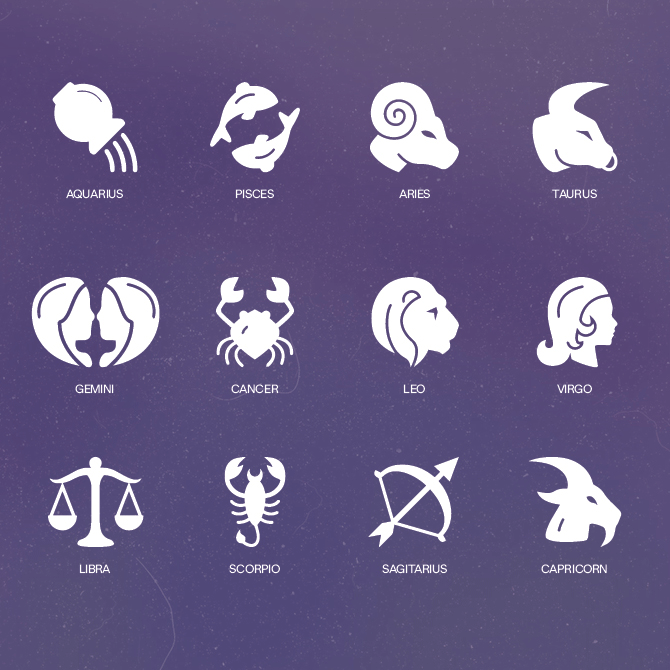
The zodiac is a belt that extends about eight degrees North or South of the ecliptic, forming an apparent path of the sun across the celestial sphere over a period of a year that is divided into the 12 zodiac signs: Aries, Taurus, Gemini, Cancer, Leo, Virgo, Libra, Scorpio, Sagittarius, Capricorn, Aquarius, and Pisces. Along with the sun, other planets and luminaries travel across this path, spending time in each of the signs that hold its own unique traits. The 12 signs are organised into four elements: fire, earth, air, and water. Here are what they represent:
Fire signs
View this post on Instagram
- Aries (21 March to 19 April)
Traits: Bold, pioneering, courageous, passionate, assertive, action-oriented
- Leo (23 July to 22 August)
Traits: Creative, enthusiastic, dramatic, bold, self-loving
- Sagittarius (22 November to 21 December)
Traits: Adventurous, spontaneous, optimistic, wisdom-seeking, expansive
Earth signs
View this post on Instagram
- Taurus (20 April to 20 May)
Traits: Sensual, pleasure-seeking, ease, determined, loyal, patient
- Virgo (23 August to 22 September)
Traits: Practical, hardworking, analytical, ritualistic, helpful, organised
- Capricorn (22 December to 19 January)
Traits: Industrious, practical, reliable, organised, stable, grounded
Air signs
View this post on Instagram
- Gemini (21 May to 20 June)
Traits: Curious, enthusiastic, clever, curious, flexible, social
- Libra (22 September to 23 October)
Traits: Intellectual, artistic, partnership-oriented, charming, social, diplomatic
- Aquarius (20 January to 18 February)
Traits: Free-spirited, friendly, personable, independent-minded, humanitarian
Water signs
View this post on Instagram
- Cancer (21 June to 22 July)
Traits: Nurturing, sensitive, compassionate, self-protective, security-seeking
- Scorpio (23 October to 21 November)
Traits: Deep, mysterious, transformational, intense, passionate, cunning
- Pisces (19 February to 20 March)
Traits: Compassionate, romantic, artistic, intensely empathic, intuitive
Related: The most compatible horoscope signs, according to these celebrity friendships
What else to know about your birth chart
Now that you’ve figured out the basics of planets and signs, there are still some key details to know when reading your birth chart. Looking at your chart, you’ll notice that it is sliced into 12 sections with numbers and degrees spread across—all of which are factors that will come into play when piecing together the astrological puzzle.
Houses
View this post on Instagram
The 12 houses, or the pizza-shaped slices if you will, represent different aspects of your life that add depth and nuance to the way we interpret our birth chart. For example, if your Moon sign is in Aries in the 8th house—which is ruled by Scorpio—your Moon sign will have the energy of both Aries and Scorpio.
So, while you’re passionate and assertive (Aries) with your emotions (Moon), you’re also mysterious and intense (8th house).
Here are the houses and the signs that rules them:
- 1st house: Aries, representing self, body, appearance, and vitality
- 2nd house: Taurus, representing assets, resources, and livelihood
- 3rd house: Gemini, representing communication, daily life, siblings, and extended family
- 4th house: Cancer, representing parents, home, and foundations
- 5th house: Leo, representing children, creative projects, sex, and pleasure
- 6th house: Virgo, representing work and health
- 7th house: Libra, representing committed partnerships
- 8th house: Scorpio, representing death, mental health, and other people’s resources
- 9th house: Sagittarius, representing travel, education, publishing, religion, astrology, and philosophy
- 10th house: Capricorn, representing career and public roles
- 11th house: Aquarius, representing friends, community, patrons, and good fortune
- 12th house: Pisces, representing hidden life, secrets, sorrow, and loss
Degrees
Being a circle chart, it is naturally composed of 360 degrees and each sign occupies a section. However, they don’t necessarily break into equal parts of 30 degrees as certain constellation signs differ in sizes. The degrees show us the exact location of each planet within each sign, which can be useful when you’re looking at transits, or how the astrology of the day, week, or month will affect your chart.
Related: 7 Best astrology apps for curious beginners, casual mystics and aspiring astrologers
With the basics of astrology spelled out for you above, try examining your own chart! You will absolutely need some time to get used to this system, but it will get easier as you go along. Good luck!
For more on astrology, click here.
| SHARE THE STORY | |
| Explore More |
